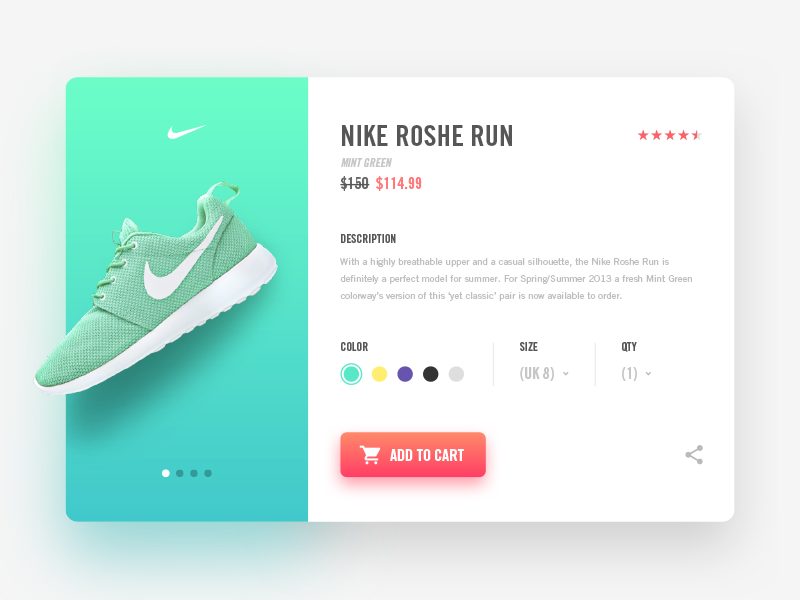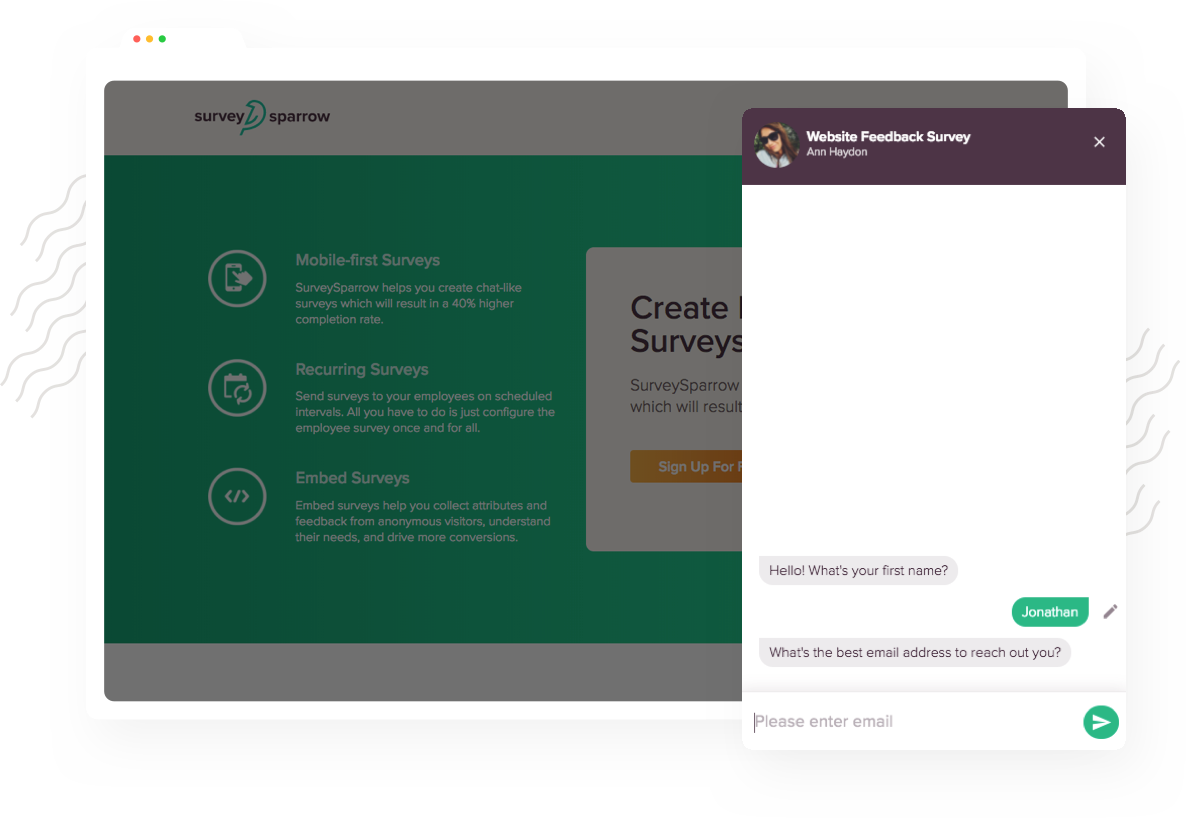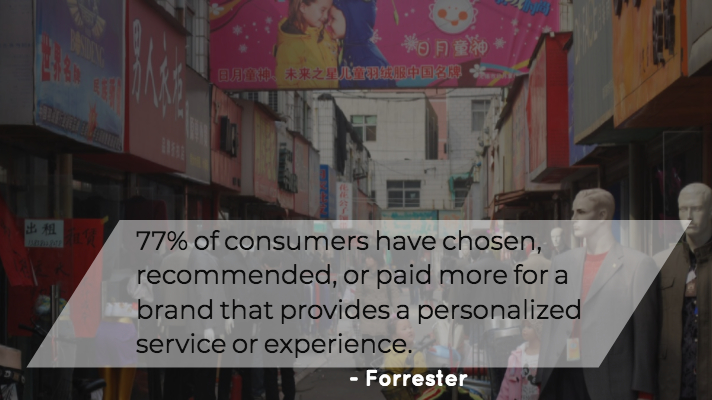Customer Experience
7 Ways to Optimize Your Customer Journey Touchpoints
Article written by Mathew Maniyamkott
Regular contributor to various magazines. Passionate about entrepreneurship, startups, marketing, and productivity.
11 min read
19 September 2025

No business wants to lose out on impressing its customers; it is as much a lack of effort as it is a lack of application if you keep repelling your customers. Most of these processes are under your control; a simple form of going wrong can earn a customer’s ire. You don’t want that, do you? This is why, as businesses, you should be aware of customer touchpoints.
What Is a Customer Journey Touchpoint?
Every time your customers interact with your brand, it is referred to as a Customer Touchpoint. It could be them visiting your website, visiting an online ad of yours, getting on a call with your customer service department, reading your newsletter…you get the gist, right? Any interaction with your brand can be called customer journey touchpoints as it shapes the perception of your customers. More importantly, these customer journey touchpoints are a chance for you to improve your processes as well. Understanding and optimizing these touchpoints is crucial for businesses to enhance the customer experience, build loyalty, and drive growth.
Why Is It Vital to Identify the Customer Journey Touchpoints?
Identifying your customer journey touchpoints will be your entry into creating a journey map to keep your customers happy. Write down each step where customers come into contact with your brand and see if you can better the status quo.
Ask these questions so that you can improve your every interaction:
- What are the specific things happening at every customer journey touchpoint?
- Are all needs of the customer met at that interaction?
- Is there any way to improve the customer’s interaction with the brand?
- How effective is your interaction with the customer vis-a-vis your competitor?
- How does your customer experience compare to competitors? Is it superior?
- Does your brand maintain a consistent tone across touchpoints?
Examples of Customer Touchpoints
In today’s digital age, businesses interact with their customers through various channels. From the moment a potential customer becomes aware of a brand to when they make a purchase and even beyond, there are numerous opportunities for businesses to engage, impress, and build lasting relationships. These interactions, known as touchpoints, play a pivotal role in shaping the customer’s perception of a brand and their overall experience. Let’s delve into some of the most prevalent customer touchpoints:
Here are some common customer touchpoints:
- Advertising: This includes online ads, TV commercials, radio spots, billboards, and print ads.
- Social Media: Interactions on platforms like Facebook, Twitter, Instagram, LinkedIn, and Pinterest.
- Website: The company’s official website, landing pages, and blog.
- Email: Newsletters, promotional emails, transactional emails, and support emails.
- Physical Stores: In-store displays, sales representatives, and the checkout process.
- Customer Service: Support via phone, email, live chat, or social media.
- Reviews and Testimonials: Online reviews on platforms like Google, or industry-specific sites.
- Events: Trade shows, webinars, workshops, and other events where customers can interact with the brand.
7 Ways to Optimize Your Customer Journey Touchpoints
- Use Highly Optimized Product Pages
- Make Your ‘Contact Us’ Visible
- Surprise Your Customers
- Identify Areas Where the Customer’s Experience Could be Bettered
- Look for Touchpoints Where Customers Might Need More Help
- Look at the Bigger Picture
1. Use Highly Optimized Product Pages
While every step a customer takes is important, one quality that stands out for a potential customer to take an interest in your offering is optimized product pages. This is where most of your customers convert, as it indicates what to expect.

Here are a few elements that you can include to optimize the page:
Use high-quality images:
If you cannot afford to invest in a photographer, you can purchase stock images for a reasonable fee. The only thing that you need to keep in mind is that the image you plan to use should be of high quality. Poor-quality images will not show you as a credible entity. A professional photographer can boost your image.
Focus on the user experience:
A delay of more than 3 seconds in the website to load is looked down upon by users and most of them would close the tab and search for your competitor’s website. Make it easy for the user to navigate from one page to another without any hassle, make sure that the headers and footers on the website have used the right names and they are not confusing. The simplest of things matter here as users always tend to assume that the experience should be smooth and perfect without any hiccups.
Communicate properly:
If there is zero inventory for a particular product, mention it on the product page itself and not when the user is on the payment page.
It is even better if you can mention the number of products available because when you mention there is only a limited quantity of products remaining, you create a sense of urgency to buy the product. Also, communication when it comes to the number of days in which the product will be delivered is also a must.
2. Make Your ‘Contact Us’ Visible
There are certain companies that make it super impossible for its users to find them. The contact information should be available on all the pages, making the process of contacting customer service smooth. Nowadays, you cannot hide from your customers as they would be more than happy to shame a company on Twitter if their pleas go unheard repeatedly. At any point during the sale, it should be easy for the customers to find you. Make sure that there are different methods for the customer to contact you.
Apart from using avenues like Email, Phone calling, and SMS service, you can also add services like Live Chat, FB Messenger chatbot and a dedicated Twitter account to address issues.

In fact, chatbots are the rage these days because it is easy for the customer to get answers to questions that are frequently asked by other customers and it doesn’t dent the pocket of the company either. Provide the option of escalating the customer’s issue to an agent with a single click on the FB chatbot. Since the chatbot collects enough information about the customer it is easy for the customer personnel who wants to make a follow-up call.
Simple and repetitive questions can be answered through chatbots thus reducing the call volumes. The agents will be able to solve the queries of customers with difficult questions over phone and take appropriate time since the entry-level issues are solved by the chatbots.
3. Surprise Your Customers
Never ever lose an opportunity to surprise your customers with something extra. If they have purchased a product, get it delivered for free or expedite the shopping so that the customer gets it earlier than expected. Surprises like these may not make economic sense immediately, but in terms of satisfying customers, it is a wise thing to do and you will reap its benefits in the long run.
Include small gifts along with their order, offer them a free consultation, free product samples- to name a few. Even a small gesture such as the ones we’ve mentioned above can create a lot of goodwill. There are several customer touchpoints where you can surprise your customers. At the initial sign up you can offer an exclusive discount for the customer and after the purchase, you can offer free installations and upgrades.
When you have the habit of surprising your customers in such ways, their liking for your brand increases exponentially and if you couple this by providing good products and excellent customer service, then they have no reason to go to a competitor. Create a list of each of such touchpoints where you can impress them. Add automation to make this process seamless.
4. Identify Areas Where the Customer’s Experience Could be Bettered
Your customer has purchased a pair of formal trousers but after confirming the order, he realizes that the size was chosen wrongly. Should he have to cancel the order and re-order another set?
Why not give the customer an option to change the size (subject to availability of course) on the customer’s account itself immediately? What could have been a period of frustration has become moot now because you made it convenient for the customer.
Automation is good, but if there is not a chance for you to be flexible because of that, then it is a pain, both for the customer and the company. Look for touchpoints at each stage of the customer’s journey to make it as smooth as possible. Try using as much as automation as possible along with the freedom to make arbitrary changes on the fly.
Remember that customers want to fix their issues without having to get on a call with your customer service agent. This is why you should look out for areas where there is a little more fixing needed.
14-day free trial • Cancel Anytime • No Credit Card Required • No Strings Attached
5. Look for Touchpoints Where Customers Might Need More Help
You cannot expect all of your customers to be well versed with buying products on the Internet. Every other customer journey will have crucial customer journey touchpoints that require careful refinement. Customers can be overwhelmed with the options available, concerned about the safety of making a payment online, are not able to find the product- thanks to the not so ideal navigation enablement and more.
Here are a few things that you can do to better it:
- Give more information to your customers regarding your product than what is usually given. Include reviews so that customers can make an informed decision.
- Allow customers to ask questions on the product page. Allow other customers to answer them while the business should make it a point to reply.
- Give an option to compare products.
- Provide an ‘Ask experts’ option if it is feasible for your business to provide an expert who can address a potential customer’s queries. This works if it is a high-ticket client.
6. Personalize as Much as possible
Managing hundreds of customers can seem daunting, but available third-party apps simplify personalizing offerings based on customer behavior and spending. Recommend products to customers based on their past purchases. For example, if a customer buys Ayn Rand’s ‘The Fountainhead,’ a savvy recommendation engine might suggest ‘Atlas Shrugged’ at a discounted rate.
Using the customer’s name in emails significantly impacts the recipient. Customized experiences draw customers closer to the brand. If a customer doesn’t complete a purchase, remind them to finalize their shopping cart. Reward loyal customers with exclusive offers for their continued support.

7. Look at the Bigger Picture
Before you decide to make all the big improvements, you have to understand your customer’s experience as a whole. They don’t care if you have the biggest celebrity endorsing your products as long as their experience is smooth. Every customer journey touchpoints serve as experiences by which your company is judged and it will reflect in the future if they come back to make a purchase.
Get a view of the entire experience that the customer goes through with each interaction and over the earlier periods as well. Does it warrant a complete change or only at certain places? What are the preferred customer channels to purchase your product? Are there segments of customers who will go through a particular process to make a purchase?
If yes, how many segments of customers are there? What are their motivations behind each purchase?
Take a comprehensive approach in optimizing the entire customer journey and not just individual customer journey touchpoints. Look at the different kinds of data that you can get hold of, which will help you understand the various interactions that happen between the brand and the customer.
Conclusion
Customers today engage with brands in various ways, using multiple devices. They often interact on third-party platforms, not just the brand’s own. The journey from visitor to buyer isn’t linear due to diverse sales funnels. This complexity makes measurement, analysis, strategy, and execution challenging. However, it’s an opportunity to gain a competitive edge by enhancing every customer touchpoint.
Prioritizing these touchpoints shows you value your customers. Their perception of your brand greatly influences their buying decisions.

Make your customers feel heard. Turn feedback into loyalty with SurveySparrow's CX platform.
Mathew Maniyamkott
Guest Blogger at SurveySparrow
Related Articles

Customer Experience
7 Simple Customer Experience Software Picks for Growing Businesses
17 MINUTES
13 October 2025

Customer Experience
Top 9 Omnichannel Platforms You Should Know About
16 MINUTES
26 June 2024

Customer Experience
7 Secrets No One Will Tell You On How To Improve Customer Retention!
15 MINUTES
24 November 2018

Customer Experience
What is a Customer Experience (CX) Program?
8 MINUTES
14 August 2023
